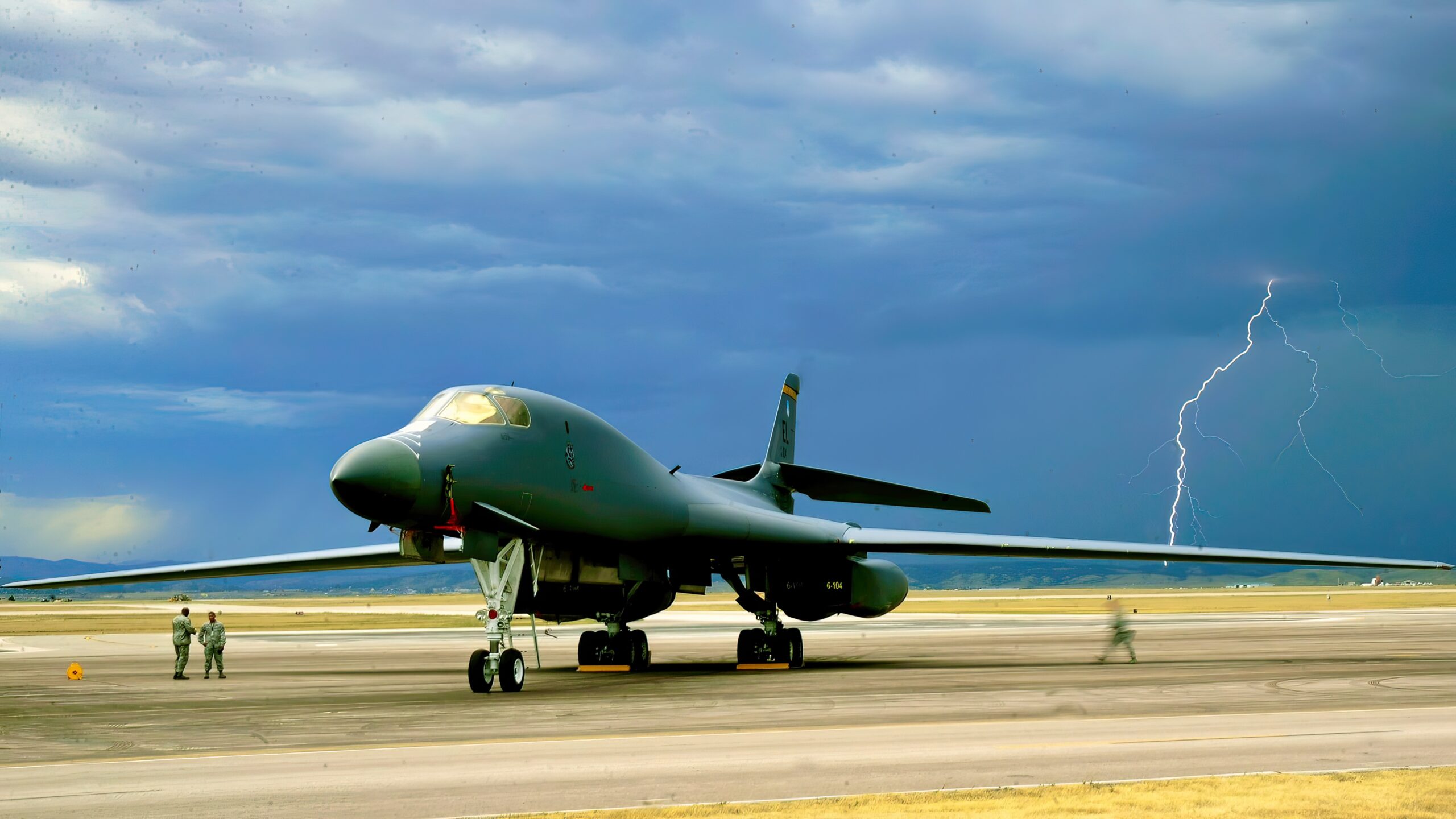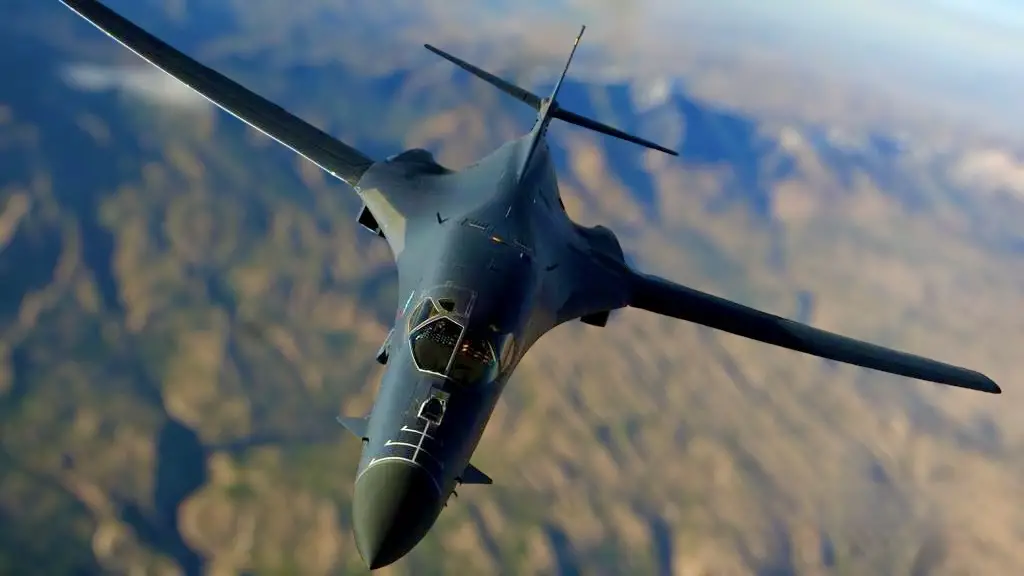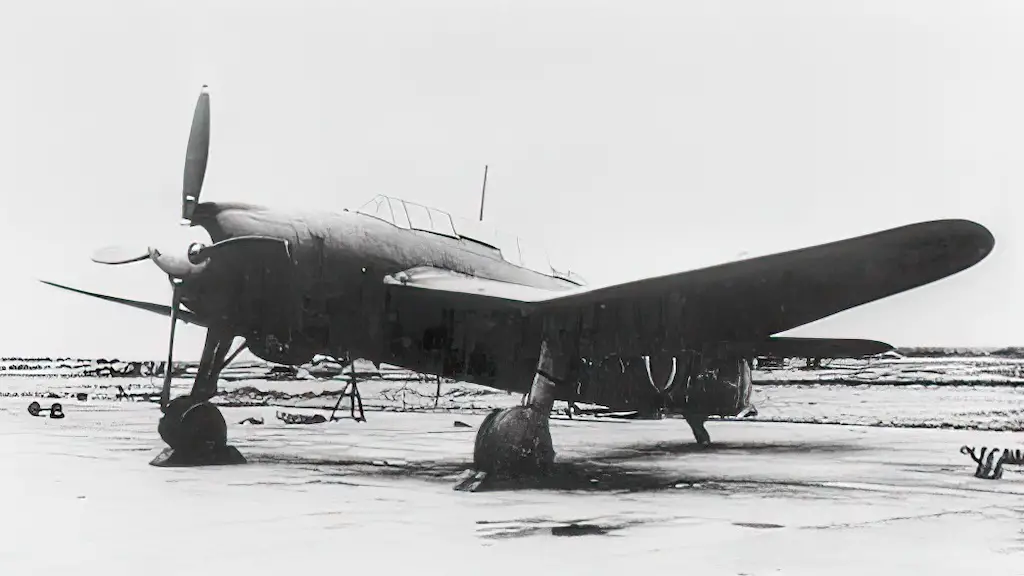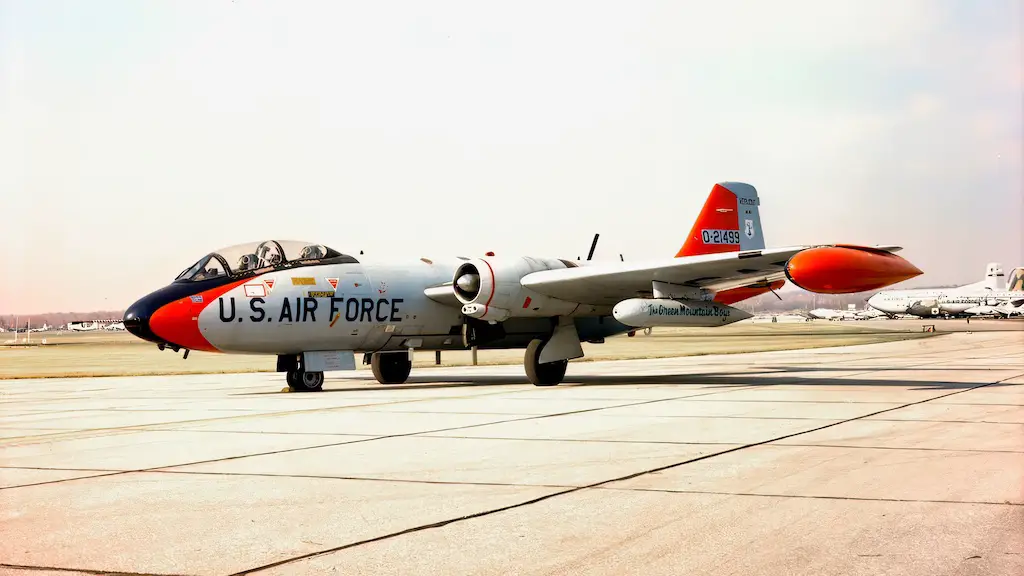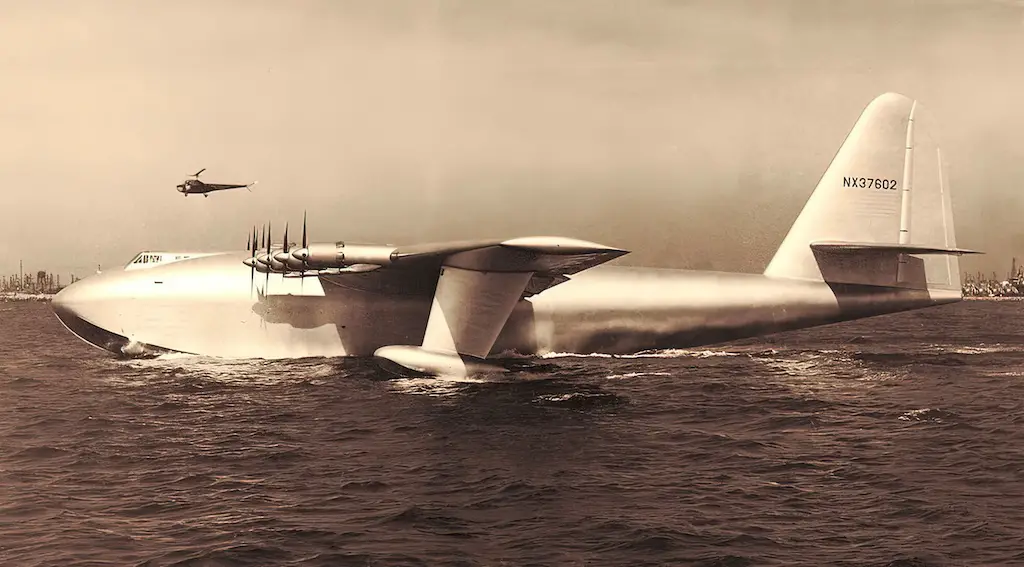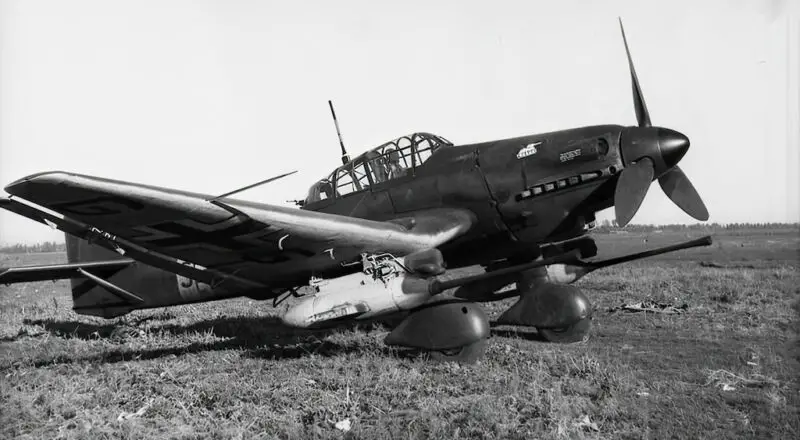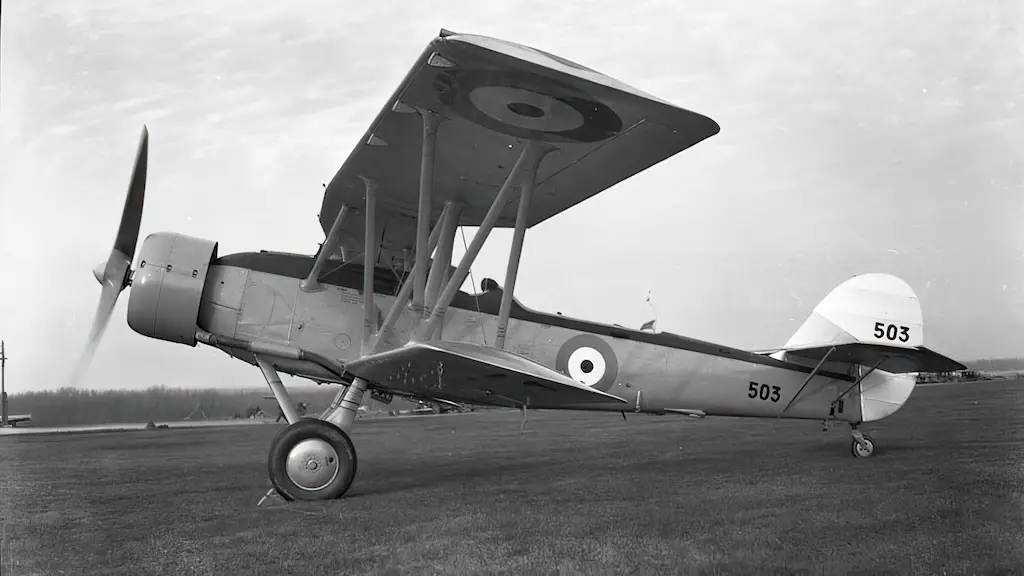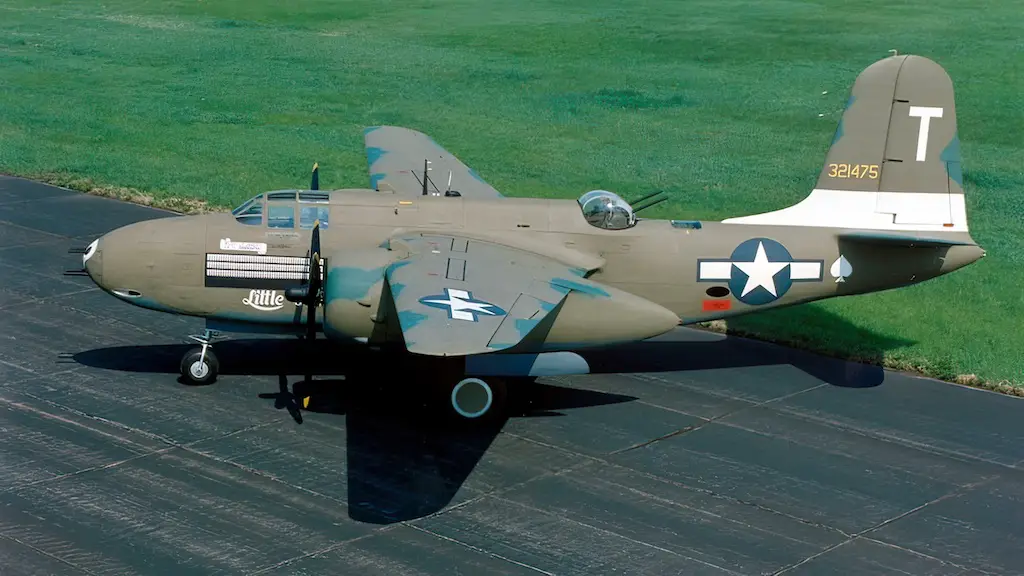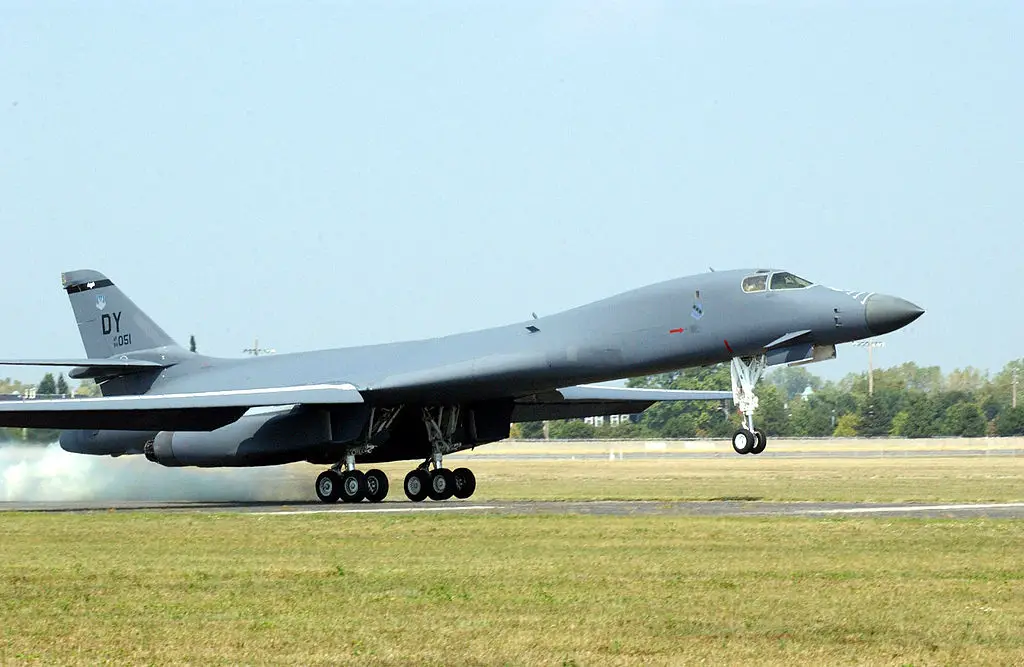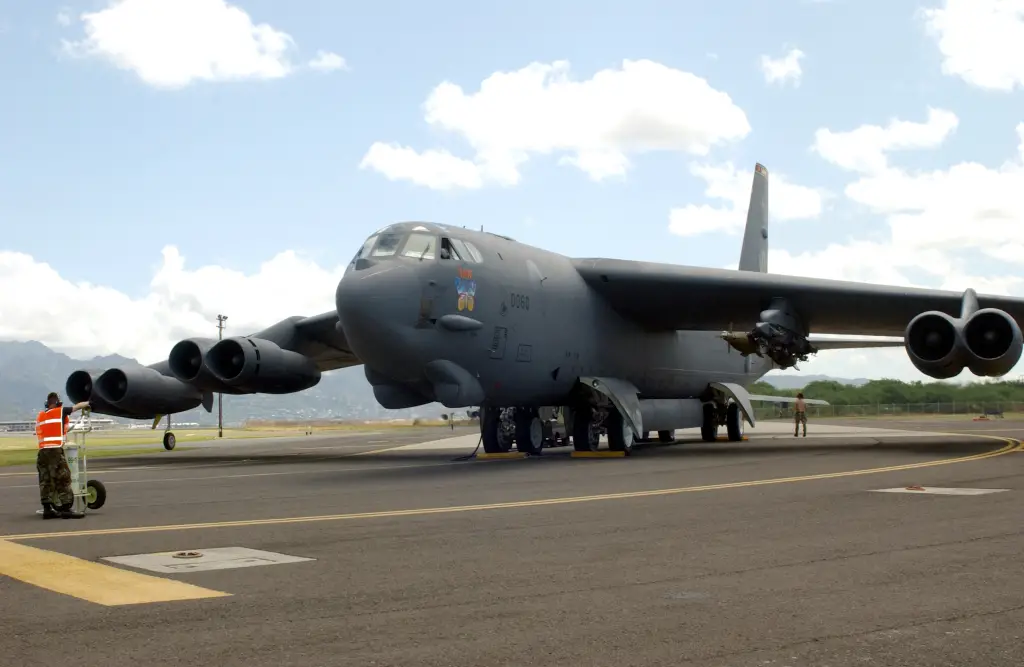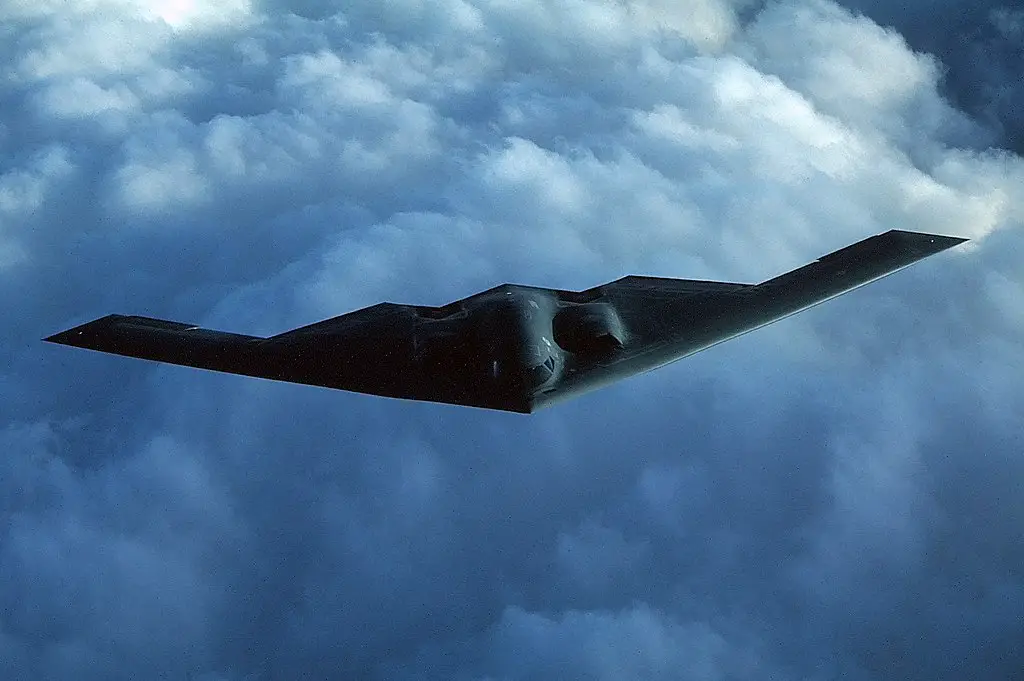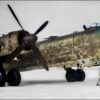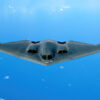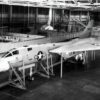Meet the Trio of American Bomb Force
When discussing the titans of U.S. aerial might, the conversation centers around three strategic bombers: the seasoned B-52 Buff, the stealthy B2 Spirit, and the subject of our focus today—the B1 Lancer, or “the Bone.” Each of these aircraft carries a legacy, but the Bone stirs a particular intrigue, prompting a deeper dive into what might make it the premier choice in America’s bomber lineup.
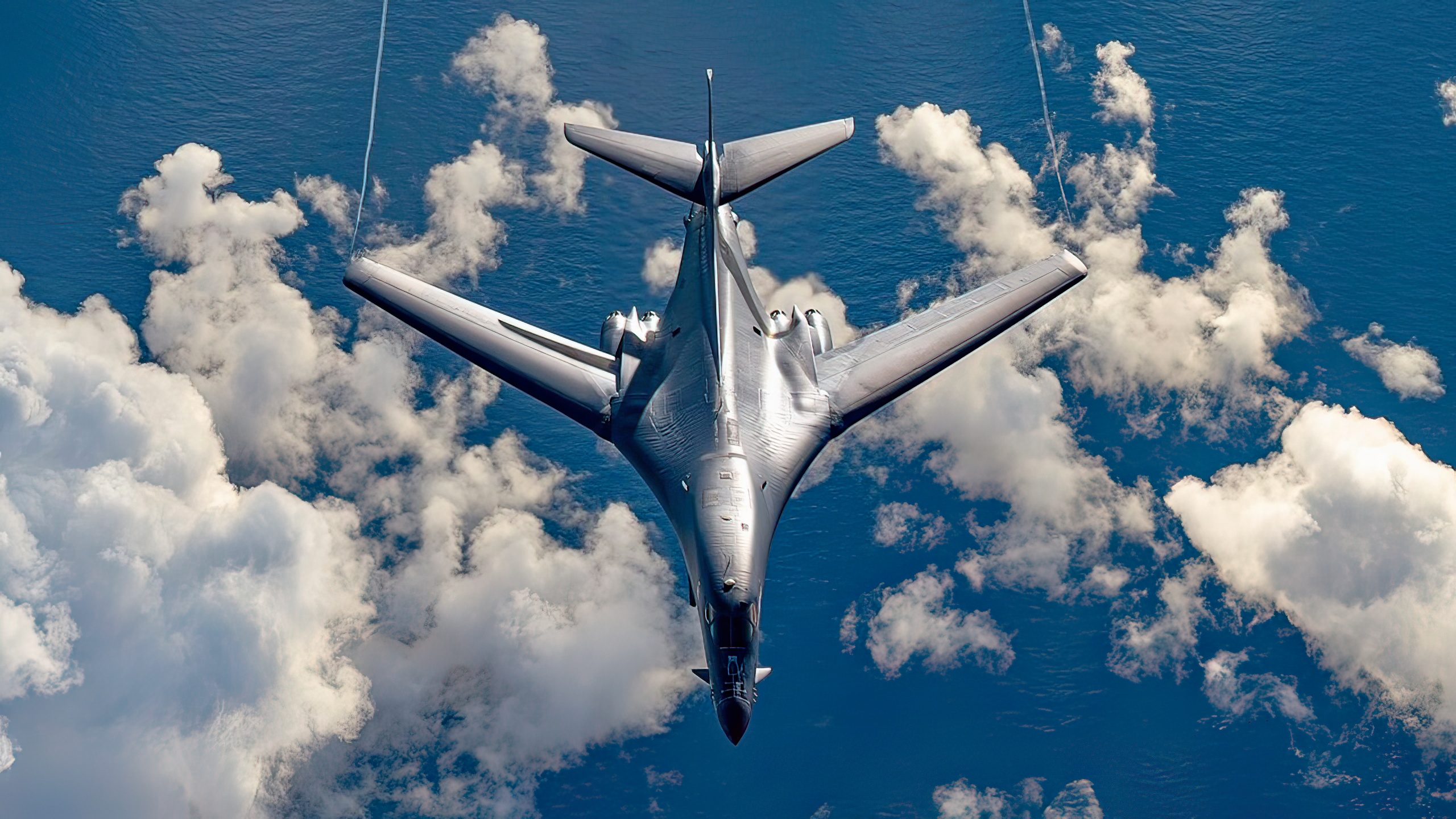
The Bone’s Unique Edge
So, what singles out the B1 from its brethren? Distinctly, it’s the only bomber of the trio that was limited by an international treaty, reflecting its initial imposing nuclear capabilities. Reconfigured under the Strategic Arms Reduction Treaty, the B1 pivoted exclusively to conventional warheads—a testament to its intimidating prowess. Boasting the fastest speed among its peers at Mach 1.2 and a payload surpassing even the venerable B-52 by 5,000 pounds, the Bone is a marvel of speed and strength, capable of delivering devastating blows rapidly and efficiently.
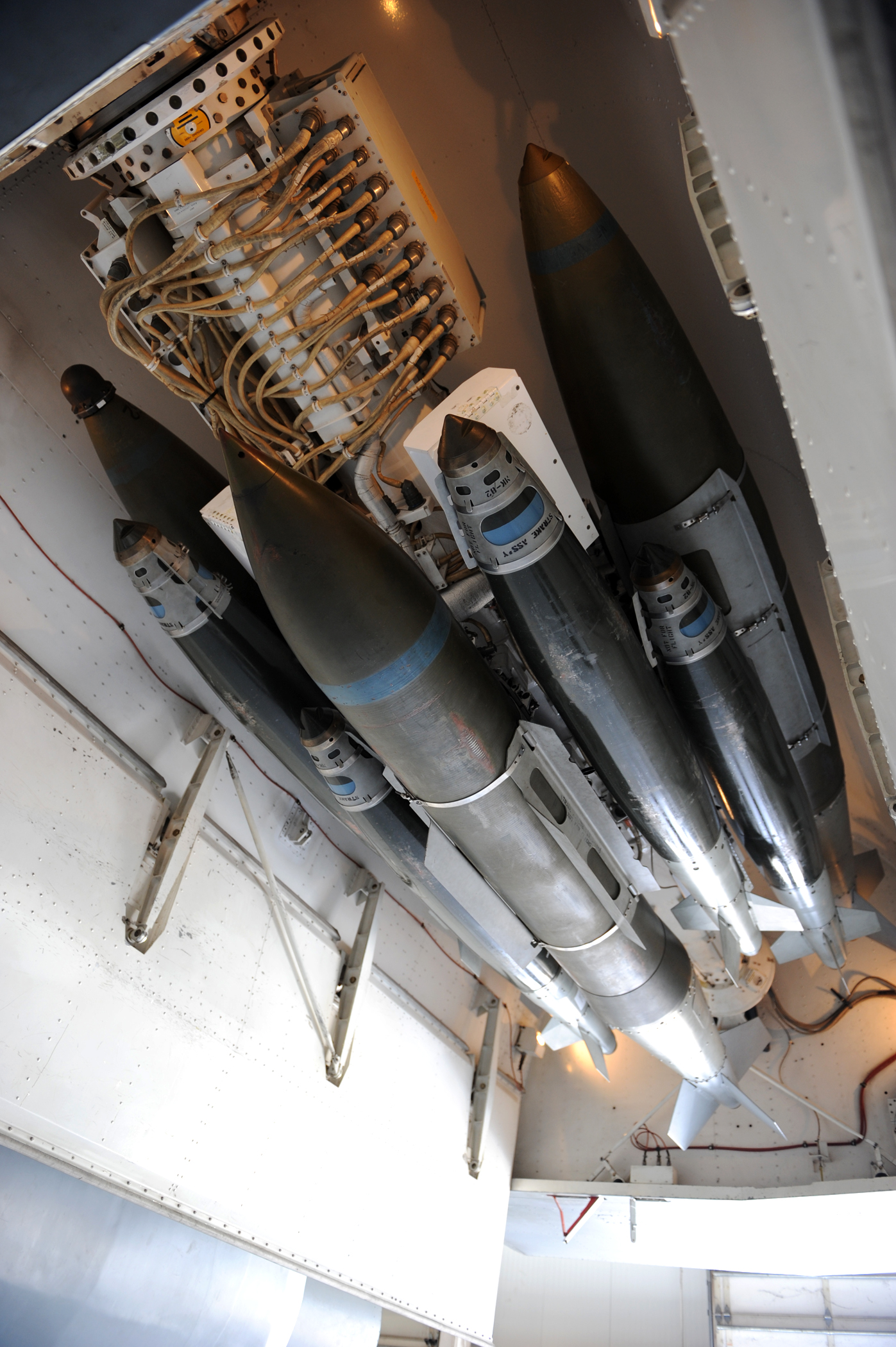
Ingenious Design
Beyond its raw power, the B1’s engineering marvels set it apart. It’s the only bomber equipped with a variable swept wing configuration, enabling it to morph its wing shape for optimal aerodynamic performance. This means extending its wings for lift during takeoff and landing, then sweeping them back to slice through the air at supersonic speeds. This innovative feature not only showcases the B1’s adaptability but also highlights its status as a technological trailblazer in military aviation.
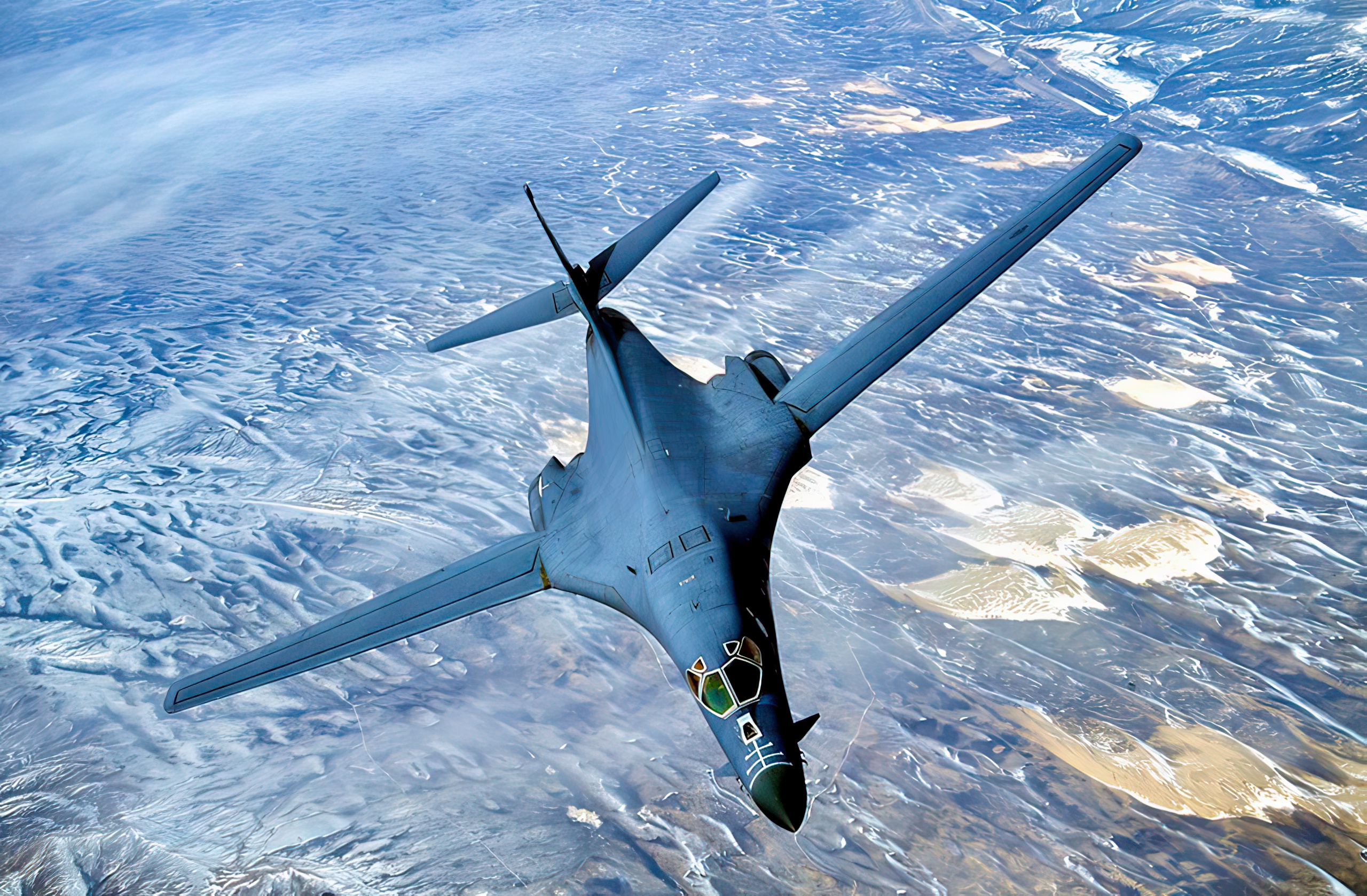
The Replacement That Outshone Its Predecessor
The B1 initially aimed to replace the B-52, designed for speed and low-level penetration. However, despite early cancellation from soaring costs, the project revived when the B2 stealth project lagged. Since 2001, the Bone has flown over 12,000 combat missions, proving its lasting worth and frontline prowess.
The Lasting Impact of the B1 Lancer
In assessing whether the B1 Lancer claims the title of America’s best bomber, one must consider its unparalleled speed, formidable payload, and innovative design. While its retirement nears, the Bone’s legacy is indelible—a testament to its role in pushing the boundaries of military aviation. As we look to the future with the B-21 Raider, the B1’s spirit of relentless improvement and formidable presence continues to inspire and shape the trajectory of American airpower. The B1 Lancer, with its story of resilience, innovation, and power, undoubtedly holds a distinguished place in American military history.
